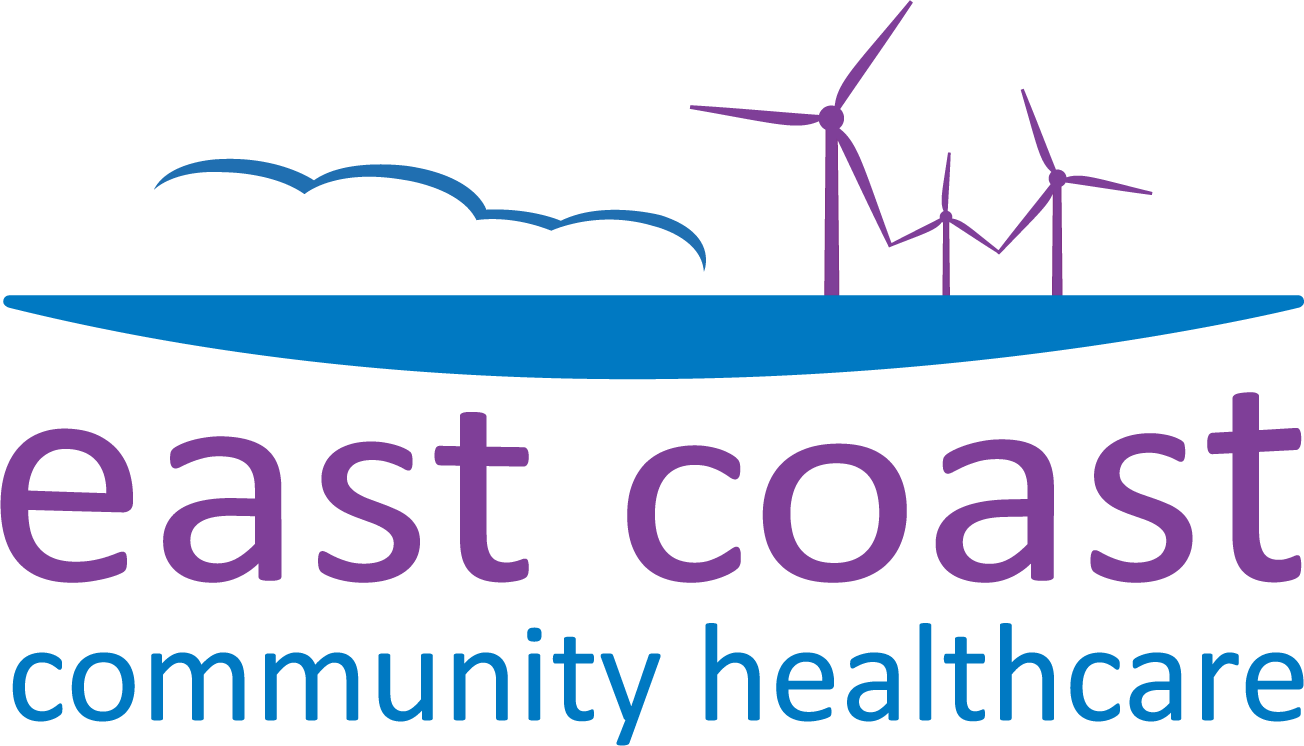Moving forward and summary
Remember that change can take time and sometimes long-term habits can be hard to break. Recovery is a journey and one change in isolation will not make all the difference.
It is often difficult to make lots of changes at once, so focus on one thing at a time:
| Changes I would like to make | Obstacles | Possible solutions |
| Example:“Increase how often I take short rests” |
Find it difficult to relax active mind Hard to find the time Nowhere to rest |
Try relaxation CD and other ways to rest the mindSet aside a specific time Explore an alternative in a different way, think creatively! |
Acknowledge your achievements, however small, and be kind to yourself.
Increasing what you can do
Once you are able to pace yourself and manage activities without them causing a set-back you are in the Stable/baseline phase below. Once here, it is possible to build your activity up a step without causing symptoms, e.g. increasing the amount of time spent, or increasing the pace at which you do it.
People find that, if they work steadily at becoming active, their symptoms do not tend to flare up as readily.
Example of gradual increase of activity
This long-term goal involves managing to walk for 25 minutes and is also an example of what might be called ‘graded exercise’.
Currently, this person can consistently manage 10 minutes on a regular basis and without this making them worse. This is called their ‘baseline’ or ‘stable phase’.
| Date | Goal | Achieved |
| Week 1 | To walk for 12 minutes daily | ✔ |
| Week 3 | To walk for 15 minutes daily | ✔ |
| Week 5 | To walk for 18 minutes daily | ✔ |
| Week 7 | To walk for 22 minutes daily | ✘ continue to walk at 18 minutes for 2 more weeks |
| Week 9 | To walk for 22 minutes daily | ✔ |
| Week 11 | To walk for 25 minutes daily | ✔ |
Will I get better?
ME/CFS can be debilitating. However everyone is unique and no one person will be the same in the range of symptoms, severity and rate of recovery.
Continued deterioration is unusual in ME/CFS and most people, once they learn more about the condition and how to best manage it, are able to see some improvement.
It may get to the point where you feel better but not at your previous levels of physical health and activity. In such instances it is important to achieve a quality of life that is acceptable to you, maybe take life at a slower pace and continue to avoid potential triggers of worse health.
Summary
- Accept your condition.
- Learn about the condition and how best to manage it (e.g. pushing yourself is not the long-term solution).
- Monitor your activity levels to avoid ‘bursts of activity’ when feeling slightly better or ‘long periods of rest’ when fatigued. Know your limits and stop with them.
- Learn to relax.
- Set realistic goals that are achievable.
- Do not make things any harder than they have to be.
- Address sleep disturbance (e.g. establish a sleep routine).
- Learn to overcome unhelpful thoughts or beliefs so you are better placed to manage things and feel better in yourself.
- If something seems unmanageable or overwhelming, break it down.
- Openly communicate with others and educate them.
- Learn to say ‘No’.
- Understand factors that may contribute to a ‘worse phase’ or setback such as stress, over activity and infections/bugs.
- Look after yourself and ask for help.
- A diary can keep a reliable record of change and progress.
